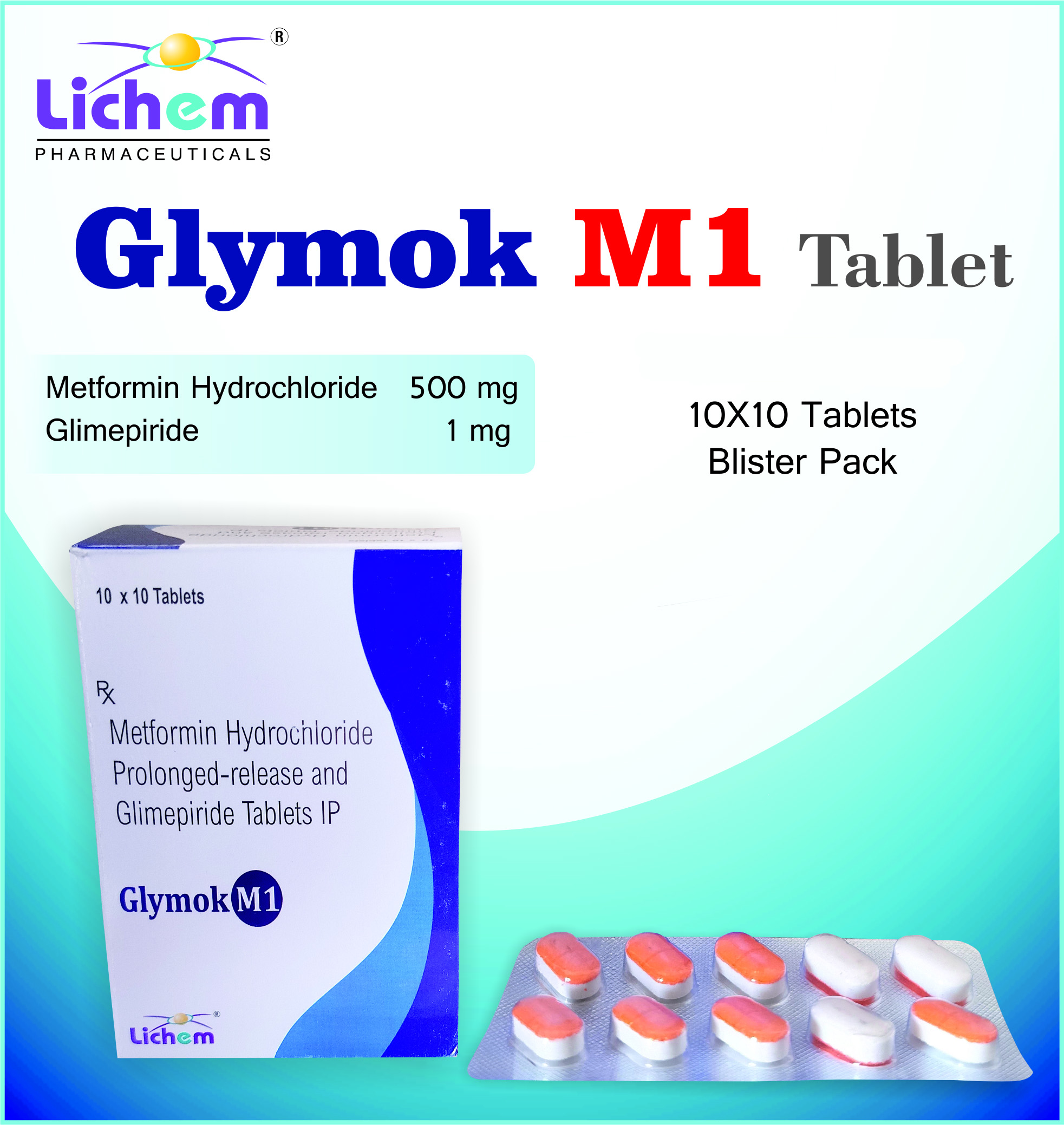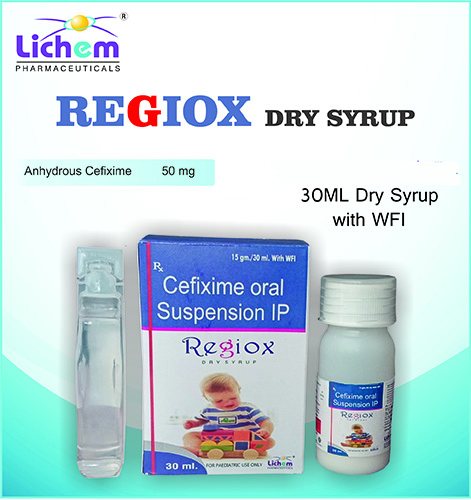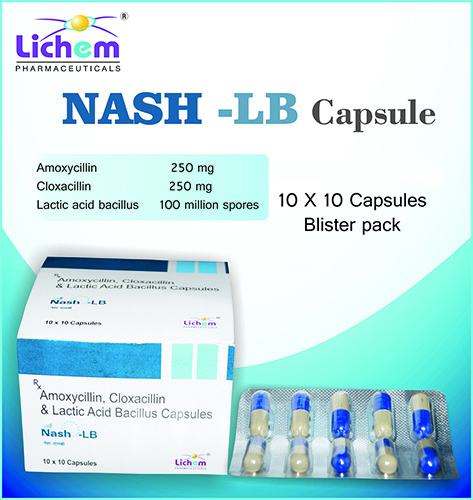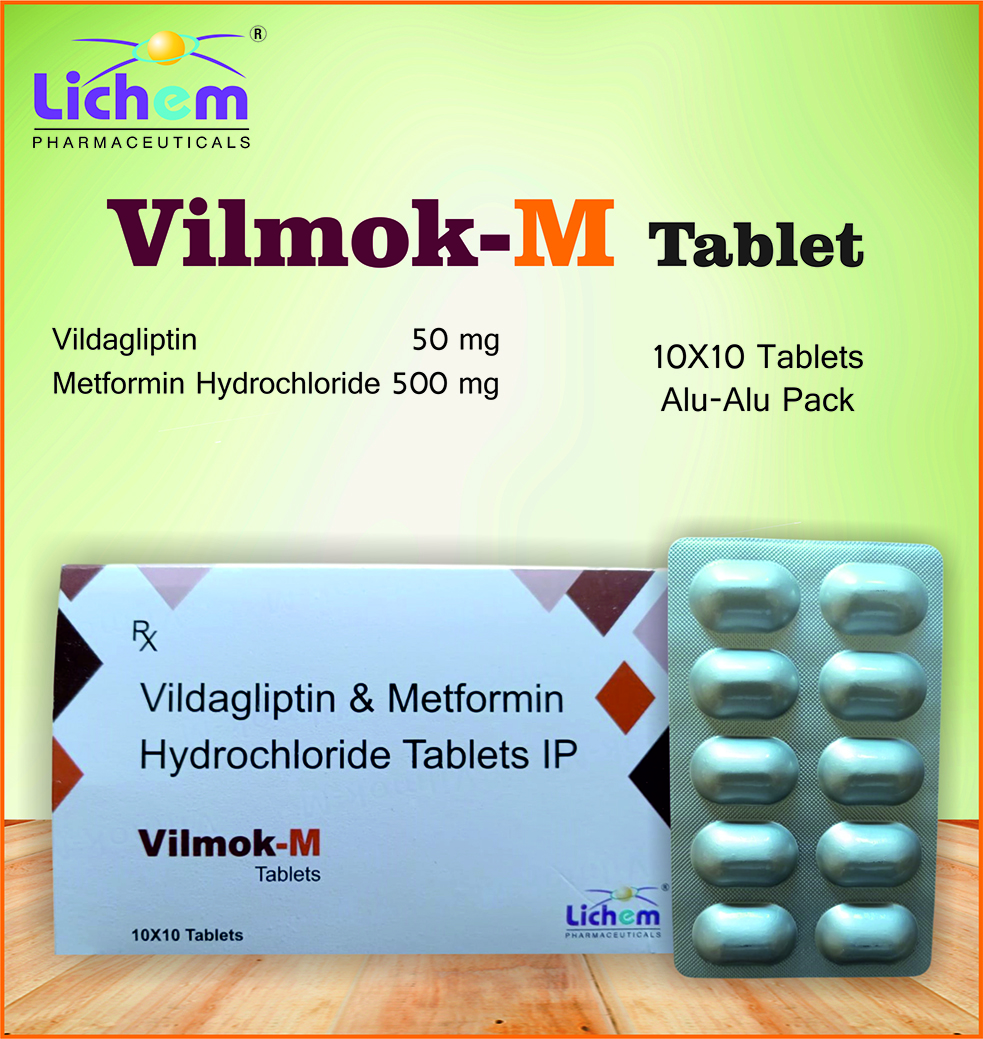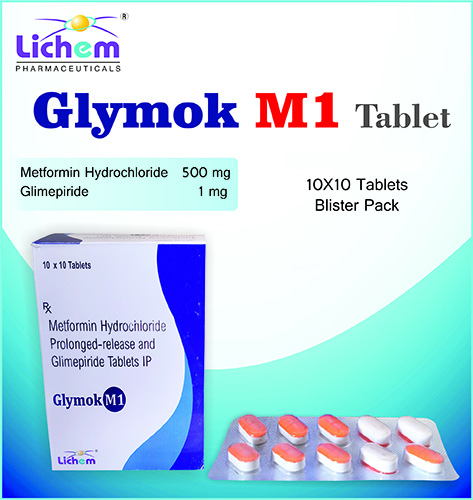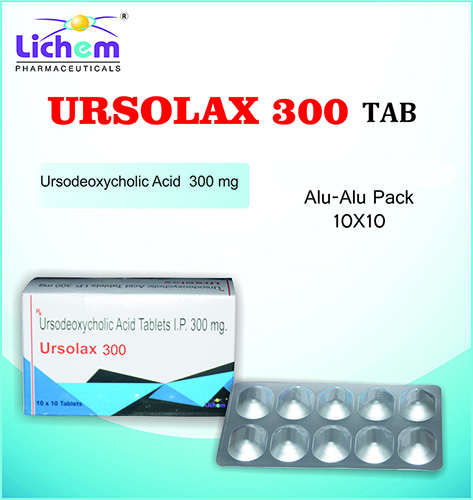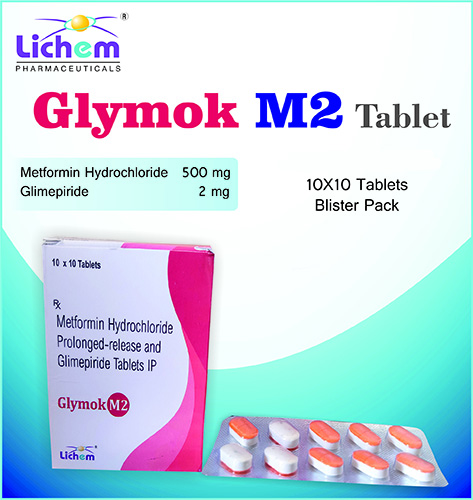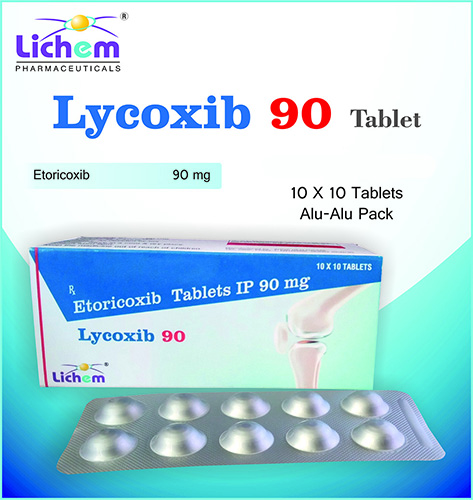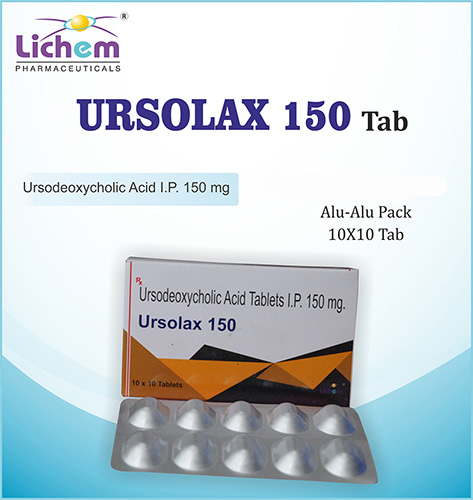Composition : Glimepiride 1 mg + Metformin 500 mg Glimepiride : Belongs to a class of medications called sulfonylureas. It works by stimulating the pancreas to release more insulin, a hormone that helps your body absorb glucose (sugar) from the bloodstream. Metformin : Belongs to a class of medications called biguanides. It works in several ways to lower blood sugar: Reduces glucose production by the liver Increases the body's sensitivity to insulin, allowing it to use insulin more effectively INDICATIONS Intial Management of type II Diabetas Uncontrolled Diabetes Gestational Diabetes PCOS
Send Message